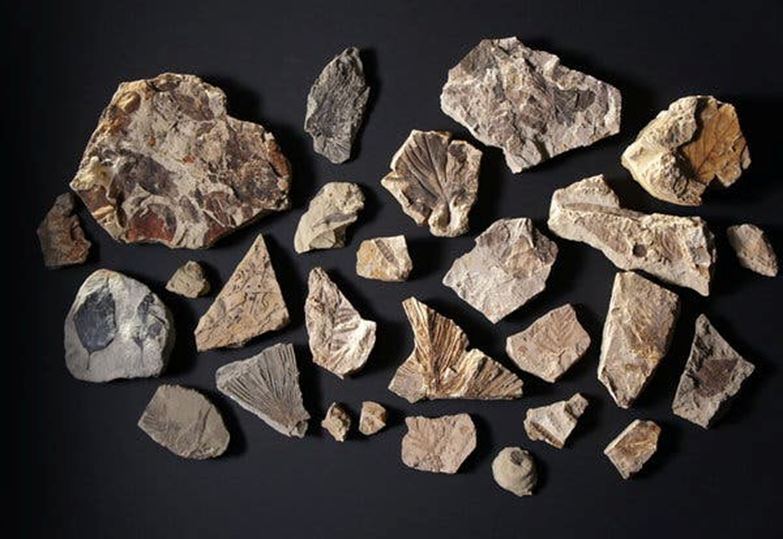Fossils showing the evolution of mammals on Earth

Excavations in Ecuador
A new fossil discovery in central Colorado sheds light on the evolution of mammals in the period after an asteroid struck Earth 66 million years ago. Which eliminated three-quarters of the species that lived in our world, including dinosaurs.
According to what Reuters reported, scientists described these fossils as dating back millions of years immediately following the decisive event that led to a mass extinction, thus revealing that the mammals and plants that survived witnessed rapid development and diversification.
Mammals showed rapid evolutionary leaps, with the disappearance of the dinosaurs that preyed on them, and they spread and imposed their way of life and food on the ecosystems that were left to them, after the extinction of competing species.
The event that caused human evolution

During the 700,000 years of the Great Extinction, the body mass of mammals became 100 times greater; Compared to her counterpart who lived immediately after that watershed event.
Ian Miller, supervisor of plant paleontology and director of the Department of Earth and Space Sciences at the Denver Museum of Science and Nature, said: “Without this asteroid, humans would never have evolved. One message I would like to convey to people from this is that their oldest ancestors trace their origins back to after the extinction of the dinosaurs.” .

Thousands of well-preserved animal and plant fossils that scientists have uncovered just east of Colorado Springs shed light on a time period that was previously shrouded in mystery.
Miller explained: “In short, we were able to learn the details of the emergence of the modern world, the age of mammals, from under the ashes of the age of dinosaurs.”
Scientists participating in this discovery found 16 new species of mammals that lived in that era.
For his part, Tyler Leeson, supervisor of the vertebrate paleontology department at the museum and chief researcher of the study published in the journal Science, noted: “For the first time, we were able to find links between timing, plant fossils, animal fossils, and temperature, for one of the most decisive periods in the history of planet Earth.” .

Source: websites

